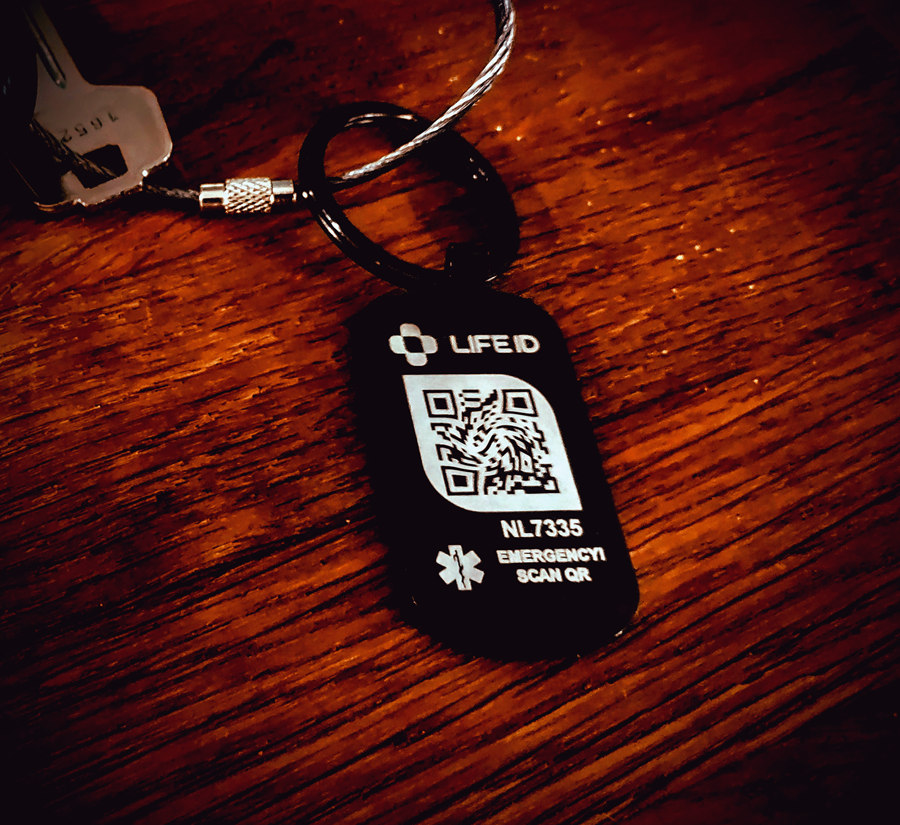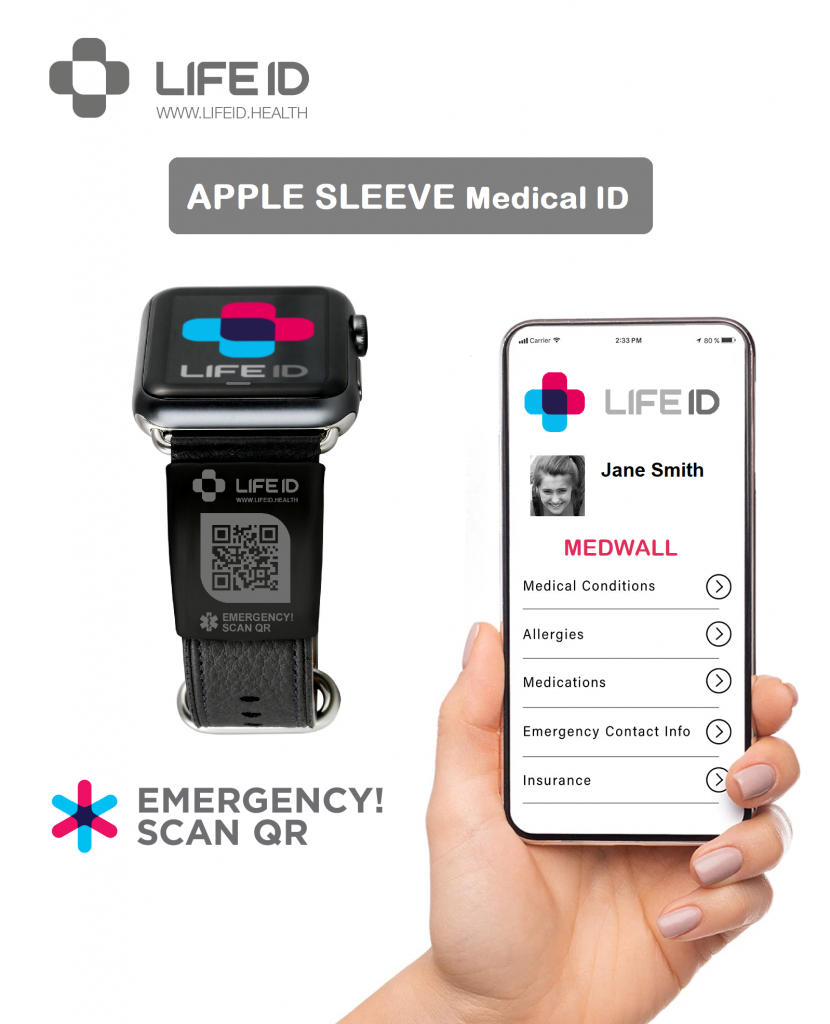
What to know about arrhythmia
An arrhythmia is an irregular heartbeat. An arrhythmia may feel like a racing heart or fluttering. It is not always serious but can sometimes indicate a potentially fatal heart problem.
Arrhythmias — sometimes called dysrhythmias — occur when the electrical signals that coordinate heartbeats are not working correctly. The heart may beat too quickly, too slowly, too early, or with an irregular rhythm. In contrast, a “normal sinus rhythm” refers to how the heart beats when it is working properly.
Many heart arrhythmias are harmless. However, if they are highly irregular or result from a weak or damaged heart, arrhythmias can cause severe and potentially fatal symptoms and complications.
In this article, we define arrhythmia, as well as its causes and symptoms. We also explain the possible treatments and different types.
What is arrhythmia?
Cardiac arrhythmia refers to conditions in which the heart beats irregularly, too slowly, or too quickly.
There are several types, including:
- bradycardia, or a slow heartbeat
- tachycardia, or a fast heartbeat
- irregular heartbeat, also known as a flutter or fibrillation, such as atrial fibrillation (A-fib)
Arrhythmias are not always serious, but some can increase the risk of stroke or cardiac arrest.
What is a normal heartbeat?
Doctors identify a healthy heartbeat by counting the number of times the heart beats every minute (bpm) during rest. This is known as the resting heart rate.
The range for a healthy resting heart rate varies between people, but the American Heart Association suggests it is usually between 60 and 100 bpm.
This rate can change. It is often lower at night. Athletes may also have a resting heart rate of less than 60 bpm because their hearts are highly efficient.
The heart should beat with a regular rhythm, consisting of double “ba-bum” beats with even spaces in between each.
One of these beats is the heart contracting to provide oxygen to blood that has already circulated, and the other involves the heart pushing oxygenated blood around the body.
A person can measure their heart rate using their pulse. This is a point at which they can feel the heartbeat through the skin. The best locations on the body for this are:
- the wrists
- the insides of the elbows
- the side of the neck
- the top of the foot
Types
There are several types of arrhythmia.
Atrial fibrillation
A-fib is the irregular beating of the atrial chambers and nearly always involves tachycardia. A-fib is common and mainly develops in adults over 65 years of age.
Instead of producing a single, strong contraction, the chamber fibrillates or quivers, often producing a rapid heartbeat.
What are the types of atrial fibrillation?
Atrial flutter
While fibrillation causes many random and different quivers in the atrium, atrial flutter usually stems from
one area in the atrium not conducting properly.
Atrial flutter can be a serious condition and usually leads to fibrillation without treatment.
Some people may experience both flutter and fibrillation.
Supraventricular tachycardia
Supraventricular tachycardia (SVT) refers to a rapid heartbeat that begins in the upper chambers of the heart. It prevents blood from filling the heart’s chambers fully between contractions.
Doctors classify atrial fibrillation and flutter under SVT.
Ventricular tachycardia
Ventricular tachycardia (VT) refers to abnormal electrical impulses that start in the lower chambers and cause an abnormally fast heartbeat. VT often happens if the heart has a scar from a previous heart attack.
Ventricular fibrillation
Ventricular fibrillation (VFib) is an irregular heart rhythm consisting of rapid, uncoordinated, and fluttering contractions of the ventricles. The ventricles of the lower chamber do not pump blood but quiver instead.
VFib can be life threatening and has links to heart disease. A heart attack often triggers it.
Bradycardia
Bradycardia is when the heart rhythm is slower than usual, below 60 bpm for most people. It happens when there is a problem with the sinoatrial node, the heart’s natural pacemaker.
Causes include various types of heart disease, chest trauma, genetic factors, the use of certain drugs and medications, hypothermia, and a range of other health conditions.
Symptoms
Arrhythmia does not always cause noticeable symptoms. However, a doctor may detect an arrhythmia during a routine examination.
Having symptoms does not necessarily mean the arrhythmia is severe. Some people have life threatening arrhythmias with no symptoms, while others with symptoms may not have a severe arrhythmia.
Symptoms depend on the type of arrhythmia.
Symptoms of tachycardia
The symptoms of a rapid heartbeat include:
- breathlessness
- dizziness
- fainting or nearly fainting
- fluttering in the chest, known as heart palpitations
- chest pain
- lightheadedness
- sudden weakness
Symptoms of bradycardia
Bradycardia can cause the following symptoms:
- angina, or chest pain
- trouble concentrating
- confusion
- difficulty exercising
- dizziness
- tiredness
- lightheadedness
- palpitations
- shortness of breath
- fainting or nearly fainting
- profuse sweating
Symptoms of A-fib
When A-fib symptoms occur, they often have a rapid onset and may involve:
- angina
- breathlessness
- dizziness
- palpitations
- fainting or nearly fainting
- weakness
Treatments for tachycardia
There are several treatments for tachycardia. The precise options will depend on the type and cause:
- Vagal or Valsalva maneuvers are movements and exercises that might stop some types of arrhythmia.
- Medications to reduce the frequency of episodes or promote electrical conduction through the heart.
- Cardioversion is an electric shock treatment or medication that resets the heart to its regular rhythm.
- An implantable cardioverter-defibrillator (ICD) near the left collarbone enables monitoring of the heart rhythm. If the rate speeds up, it stimulates the heart to return to its normal speed.
- In the Maze procedure and other types of cardiac ablation surgery, a surgeon makes incisions in the heart that heal into scars and form blocks that guide the electrical impulses. This helps the heart beat efficiently.
- Surgery can resolve an aneurysm that may be causing arrhythmia.
- Heart bypass surgery involves grafting blood vessels from elsewhere in the body onto the coronary arteries. The circulation can bypass narrowed parts, and blood supply to the heart muscle improves.
Treatments for bradycardia
Treatment for bradycardia may involve the following:
- intravenously medicating with atropine if tests show that blood pressure is unstable
- warming up the person before deciding on treatment if bradycardia is due to hypothermia
- providing appropriate treatment for a heart problem or other underlying condition
- implanting a pacemaker
A pacemaker is a small device that a doctor places under the skin of the chest or abdomen to help control abnormal heart rhythms. Pacemakers use electrical pulses to prompt the heart to beat at a regular minimum rate.
Prevention
It is not always possible to prevent heart problems, including arrhythmia.
Steps a person can take to reduce their risk include:
- seeking help for any underlying condition and following the treatment plan
- doing regular exercise
- avoiding the use of tobacco and recreational drugs
- limiting alcohol consumption
- checking with a doctor before using any medications or supplements
- following a varied and nutritious diet
Summary
Arrhythmia is when the heart does not beat as it should. In most cases, the heart should beat at a rate of 60–100 beats per minute. If the heartbeat is faster, slower, or irregular, a doctor will diagnose arrhythmia.
There are many causes of arrhythmia, but underlying heart disease is often a factor. Other causes include the use of certain medications. Often, arrhythmias are not serious, but they can be a sign of a more serious condition. For this reason, it is essential to seek medical advice if a person notices symptoms of arrhythmia.
It is not always possible to prevent arrhythmias, but getting regular exercise, maintaining a moderate weight, and seeking treatment for underlying conditions can help.
ABOUT LIFE ID
The Ultimate Medical ID. More Than Just A Few Engraved Lines: Many health conditions require more than a couple words to explain. Each LIFE ID product links to your online profile where you can store unlimited medical information for free
Use Coupon Code 10BUCKSOFF And Get $10 Off Any LIFE ID Today!
HOW LIFE ID WORKS
LIFE ID VIDEOS

